How To Start A Fitness Blog
Photo by Tyler Nix
Originally Posted On: https://www.mypersonaltrainerwebsite.com/blog/start-fitness-blog
If you’re trying to position yourself as an expert within the fitness industry or within your local area, you need to start a fitness blog. Fitness articles are the best way to showcase your knowledge, attract new website visitors and grow your audience.
This article will outline how to start a fitness blog, what to write about, and how to promote it. It will write from the assumption that you already have a fitness website, but if you need help to set one up, we can help with that too.
What Is A Fitness Blog?
A blog is part of your personal trainer website. It’s a section of your site which gets most regularly updated.
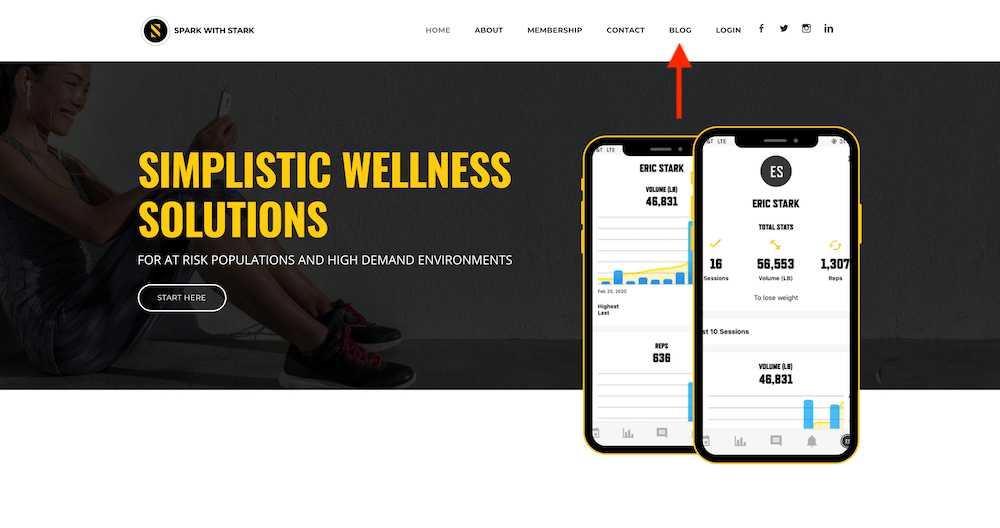
This is important because Google will give preferential SEO ranking to websites which are frequently updated. A fitness blog is a space on your personal trainer website where you would write articles around 750-1000 words that cover topics related to your area of expertise.
How to Start a Fitness Blog in 5 Steps
- Find a Platform
- Choose a Topic
- Choose Your Writing Style
- Write Your First Article
- Get Readers For Your Fitness Blog
1. Find a Platform
The first step to starting a fitness blog is to find a platform to write on. In most instances, your fitness website will have a blog built in so you can start blogging straight away. But what if you don’t have a site?
If you don’t have a website, there are loads of blogging platforms to choose from and they all require very little work to get started.

Here’s a list of some of the most popular platforms you can use to get started on your fitness blog straight away. No one platform is necessarily better than the other but each does have it’s pros and cons:
- Squarespace – https://www.squarespace.com/
- WordPress.com – https://wordpress.com/
- WordPress.org – https://wordpress.org/
- Blogger – https://www.blogger.com/
- Tumblr – https://www.tumblr.com/
- Medium – https://medium.com/
2. Choose a Topic
When personal trainers first start writing articles, they often worry that what they have to say has already been said before by other trainers who may be more qualified or more established than themselves. Be reassured that your audience wants to hear that topic written about from your perspective. You don’t have to reinvent the wheel.
The content of your articles is going to be tailored to your audience and their interests. There are many ways that you could generate blog content ideas:
Write down the questions they ask you directly: This is going to be your most significant source of ideas because these are questions that your existing audience is already asking. They already see you as an authority, and if they have these questions, other people like them likely have them too. If you get asked the question more than once, make a note of it – and write a blog article about it.
Invite them to ask questions: You might encourage your clients to ask questions quite regularly via your email list. They are likely to be pretty responsive to this, provided that you’re emailing them frequently already. If you don’t have an email list set up yet, invite your audience on social media to join you for a question and answer session. Both these sources can be used regularly and will give you a chance to understand what issues people are struggling with most.
Spend time looking at the questions that get asked on public forums: This one is a little more time consuming because you’ll have to double-check that these are topics that your demographic cares about. Public forums could include Facebook or Instagram, actual forums, or places like Reddit where your ideal client hangs out. The benefit of seeing questions asked in these places is that they’re worded using the sort of language that your client would use. If you write your blog to address this language, they are more likely to find your content when they search.
Use a site like Answer the Public to generate ideas: Maybe your clients have questions around a particular topic. This website creates spider diagrams of related issues – but on the free version, you don’t get many questions per day. You can download the generated charts in a spreadsheet format, which can sometimes give enough content ideas for your fitness blog for several months at a time.

Other people’s comments: Hang out in the comments sections on huge fitness social media accounts or YouTube channels (those with over 1 million followers) and see what other people are asking from notable fitness professionals. These people are seen as authorities in the industry, and people will often turn to the big names on social media simply because they will be the first person they think of when a diet or fitness question pops into their head.
3. Choose Your Writing Style
One of the mistakes personal trainers make when starting to blog for the first time is that they write the content as though they are writing for other personal trainers and try to sound as intelligent as possible.
Keep in mind that you’re writing for an audience that doesn’t already know what you know and may not have the same comprehension in terms of the topic you’re blogging about or the reading level.. That will mean keeping the technical jargon to a minimum.
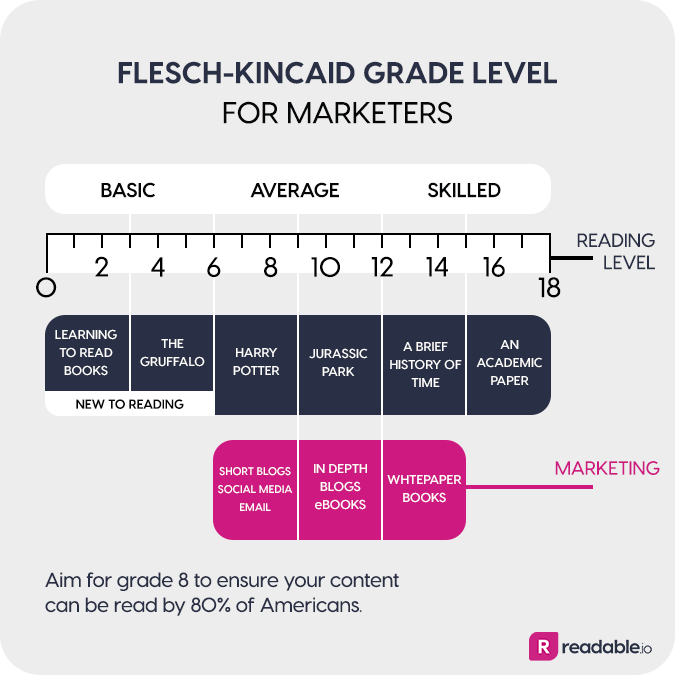
Ideally, you’d use language that they would use to help them to understand the topic. This is possible by doing thorough research from the sources above. Is your target audience talking about “advanced hypertrophy techniques”, or is it more like “building lean muscle” – or even, “getting jacked”?
Don’t be tempted to show off how clever you are, or how many technical things you know and if you need to use technical terms, explain what they mean. Yuor audience might not know what simple terms like “hypertrophy” mean so if you don’t explain that from the get go, you’ve lost a reader.
When you write a fitness blog, your goal is usually to take a complicated topic and make it simple for your audience to understand. It’s rare to write an innovative new perspective on a given topic.
That might seem overwhelming, but don’t worry. This is a liberating position. You can take inspiration from what’s already been written about a topic, make it simple to understand and add your perspective. You’ll have a great piece of fitness article that your audience will love to share because your perspective on something complex has helped them.
This is especially true if you write for a niche because the more niche your specialism is, the more opportunity there is for complex language. If you’re catering to an audience of vegan, menopausal powerlifters, there are three technical areas which could overlap and obscure the key message in your blog.
Keeping a spreadsheet of the questions in your audiences’ language is a significant step to building a bank of content ideas. You can populate that spreadsheet with the methods above. Google sheets are free and can be updated from any device so you can capture ideas whenever they strike you.
4. Write Your First Article
The structure of your blog relates to how you lay the information out. How it’s presented has an impact on how readable the article is. People will often scan an article for a particular answer that they’re looking for, so making it easy to do that will mean people consider your article useful.
The longer someone stays on the page, the higher Google will rank your website, and send more traffic to the other pages of your personal trainer website.
With these factors in mind, lets look at how to structure your fitness blog to get the best readability and search engine optimization:
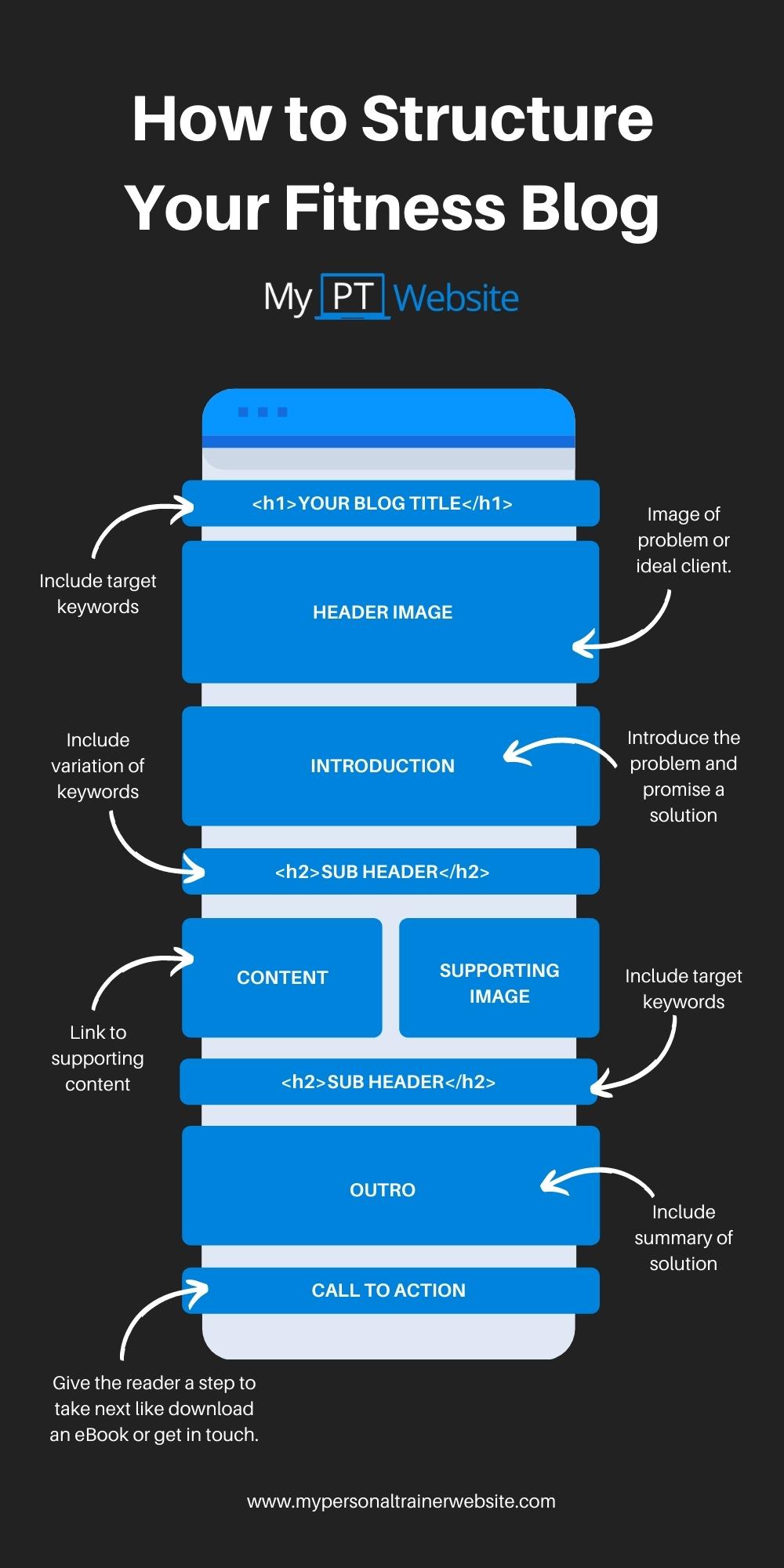 Download a PDF version: How to Start a Fitness Blog
Download a PDF version: How to Start a Fitness Blog
Start with a Headline
Your headline should be descriptive and communicate clearly what your article is about. According to CoSchedule, six words is optimal. Headlines which incorporate a good mixture of common, emotional, and power words perform best. If you want to rank your article on Google, try to include your keywords in the headline too.
Intro Paragraph
Following the headline, include a short paragraph or two outlining the idea. You might mention what the reader could expect to learn from that article. Try to stick to one main topic per blog, or they may lack focus for your reader. Remember, people will be reading the content to solve a particular issue.
Use Paragraph Titles Throughout
Each of the paragraphs you write about will cover a different piece of the issue. By adding clear sub-headings, you give people who are skim reading the chance to look up their particular problem and get answers relating to that.
You might write a minimum of around 500-750 words. If the topic is complex, 1000-1500 would be better. If you’re building a very in-depth blog on a complex issue, sometimes called “pillar content”, it could be even longer.
Use Supporting Image
Supporting images are images that support the text. They might include example, infographics, graphs and tables to demonstrate your point.
Summarise Your Article
Give the reader a summary of the solution and why you think your version of the solution makes the most sense.
Add a Call To Action
A call to action is the next step the reader should take. If your post was educational, you might want to offer an eBook in exchange for an email or offer weekly emails. If your article was about a service then be sure to highlight that you offer that service.
5. Get Readers For Your Fitness Blog
Once the blog is written, you need to get people to read it. This is sometimes called “driving traffic”, but it just means that you need to promote it – and you can do that in lots of ways:
Talk about it: If you’re seeing clients in person, mention that you’ve got an article about the question they asked, and then send it straight over to them.
Add a link to the article to your email signature: the bottom part of your regular emails to your list could include a link to your blog of the week. That audience is likely to click and read your blog, and you’ll get good engagement.
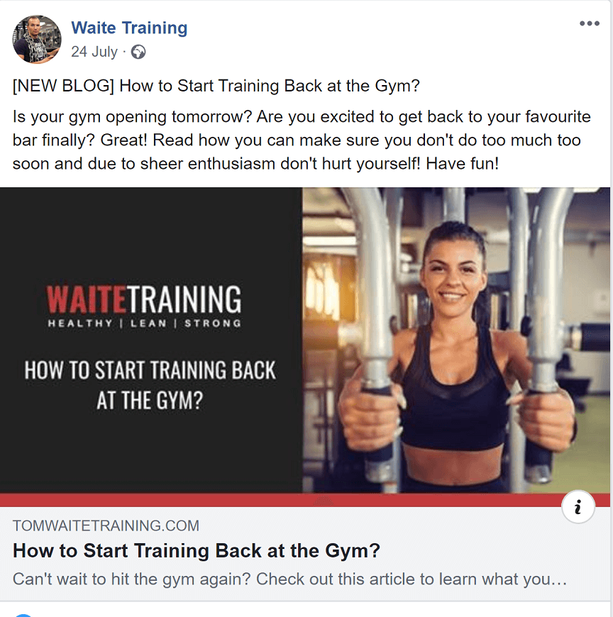
Add a link to your social media pages: Facebook will bury your post if you include a link in the main post, so keep links for the comments. Don’t spam it into other people’s groups as that’s considered bad etiquette, but it’s usually ok to mention your article – especially if you have permission from the group moderators.
Instagram doesn’t allow links in posts or comments, so you’ll have to add the link to your bio and promote it through stories and posts. YouTube or a podcast could be a great place to expand on the topic in the article and generate supporting content that your audience might want to watch or listen to if they want bonus information.
Bonus Step: Hire a Fitness Writer
Here’s a traffic overview for one of our regular content clients, The Barracks Gym. Since implementing a solid SEO and content strategy their website traffic has increased consistently resulting in a steady flow of new leads for thier fitness business.
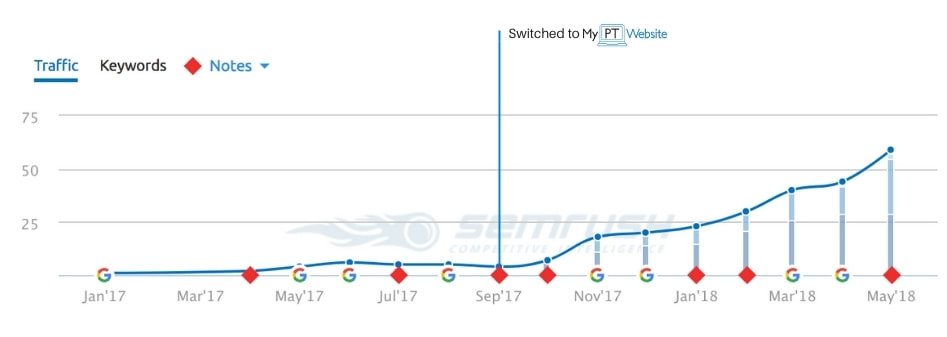
Writing fitness articles can be a hugely rewarding way to support your existing personal training clients and attract new business. But it’s not always as easy as reading a guide on how to start a fitness blog and putting it all into practice.
That’s why some personal trainers choose to hire a fitness writer to write their blog content for them. A good fitness writer will help you create topics your ideal clients want to read, manage all of the kwyord research and SEO, write the content for you in your style and provide supporting images.
Did you find this information useful?
What Next?
Keen to grow your business? Discuss this blog with other trainers in our friendly Facebook Group.
Or;
Access free resources and tools in the My Personal Trainer Website Resources section.
Or;
Know anyone who needs this in their life? Share the love!
